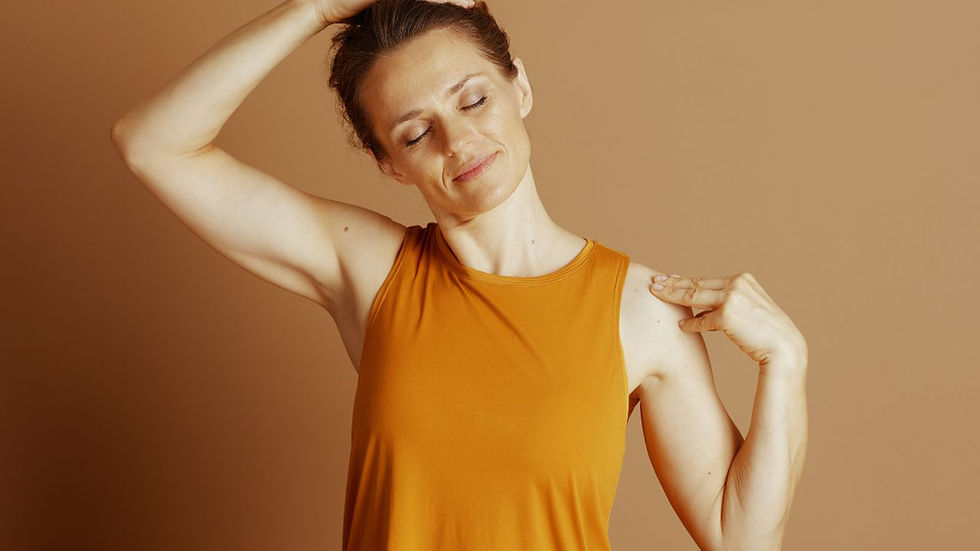Stability vs Mobility - what’s the difference and why it’s important
- Ken Belveal
- Jul 9, 2022
- 2 min read

The human body is a wonderful piece of machinery designed to move in all directions with ease. How does it do the things it does from running to throwing a baseball without getting injured. The body has the ability to be both stable and mobile.
First, a little anatomy lesson:
The superstructure are the bones which provide the foundation that everything is built upon.
The joints are the connections between the bones which allow movement. Some joints are designed to move in many directions and some are designed to move in one direction.
The muscles come next providing the movement by bringing bones closer together and farther apart at the joint. There are no pushing muscles although it would seem so. Rather, there are muscles on each side of the joint. The knee is a good example - the quadriceps are on the front of the thigh and extend (straighten) the lower leg in relation to the upper leg. The opposing muscles are the hamstrings which are on the back of the thigh and flex (bend) the lower leg in relation to the upper leg.
Now that the basics have been covered, what is the difference between stability and mobility and why is it important? Stability is the body's ability to restrict movement around a particular joint. Mobility is the body’s ability to move through a given range of motion.
There is a kinetic chain of alternating stable and mobile joints through the body. This is essential for fluid movement without injury.
The joint actions are as follows:
Feet - stable
Ankle - mobile
Knee - stable
Hip - mobile
Lumbar spine - stable
Thoracic spine - mobile
Shoulder girdle - stable
Shoulder joint - mobile
Elbow - stable
Wrist - mobile
Hand - stable
Cervical spine - both stable and mobile
One joint has to be stable so that the adjoining mobile joint can function properly. Think of the trapeze act where they swing back and forth and the man catches the woman. If that trapeze went side-to-side it would be many times more difficult for the performers and may result in injury. It’s the same for the body.
Take the shoulder girdle and the shoulder joint. The shoulder girdle includes:
The clavicle (collar bone) and the scapula (shoulder blade).
Muscles that keep these bones stable include the upper, middle and lower trapezius and serratus.
If any of these muscles are weak it jeopardizes the extremely mobile shoulder joint.

The shoulder joint is the place where the clavicle and scapula meet with the arm. You’ve probably heard of the rotator cuff muscles - a series of four muscles designed to keep the upper arm in the center of the shoulder joint. That becomes more difficult if the shoulder girdle is not set correctly leading to pinching of tendons and sometimes nerves causing weakness, pain and loss of mobility.
Here is a test to see if you have weak shoulder girdle muscles. These weak muscles can also be responsible for neck and upper back pain as the shoulder girdle is not properly aligned causing other muscles to overwork and spasm.
The Hands-Free Middle Back Strengthener works those muscles responsible for shoulder girdle stability. It doesn’t take that long to do and can be done anywhere.
Enjoy!








Comments